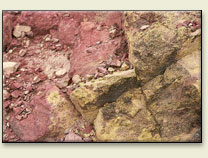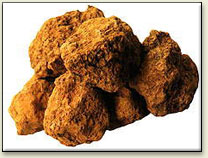How Yellow ochre is made:
| Origin: artificial | |
Natural mineral: |
|
| Artificial variety of pigment | Reaction of cobaltous salts with acetic acid and subsequent mixing with concentrated solution of potassium nitrite. |
| In the lab | |
| Materials needed: | Cobalt(II)-chloride (CoCl2 · 6H2O), potassium nitrite (KNO2), acetic acid |
| Safety (MSDSs): | Cobalt(II) chloride, potassium nitrite, acetic acid (at Fisher Scientific) |
| Method: | 1 g of cobalt(II)-chloride is solved in 20 ml of deionized water and acidified with approximately 1 ml concentrated acetic acid. 8 g potassium nitrite is then solved in 20 ml of deionized water and slowly added to the cobalt chloride solution. The resulting precipitate is washed and filtered off. |
Illustration of the process:
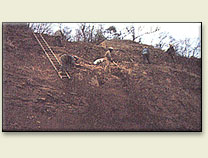
Picking iron oxide by hand in Hiwassee, Virginia. Mining for pigments is desirable work in Virginia, where the quarry mines are open pits and above ground, and relatively safe.
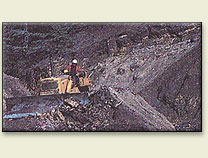
Mining iron oxide with a mechanized scoop.
The ground pigment:
Pile of ground Yellow ochre
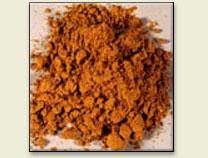
Other yellows
(intro) - Cadmium yellow/red - Chrome yellow - Cobalt yellow - Indian yellow - Lead-tin yellow - Lemon yellow - Naples yellow - Orpiment - Yellow ochre
(intro) - Cadmium yellow/red - Chrome yellow - Cobalt yellow - Indian yellow - Lead-tin yellow - Lemon yellow - Naples yellow - Orpiment - Yellow ochre


